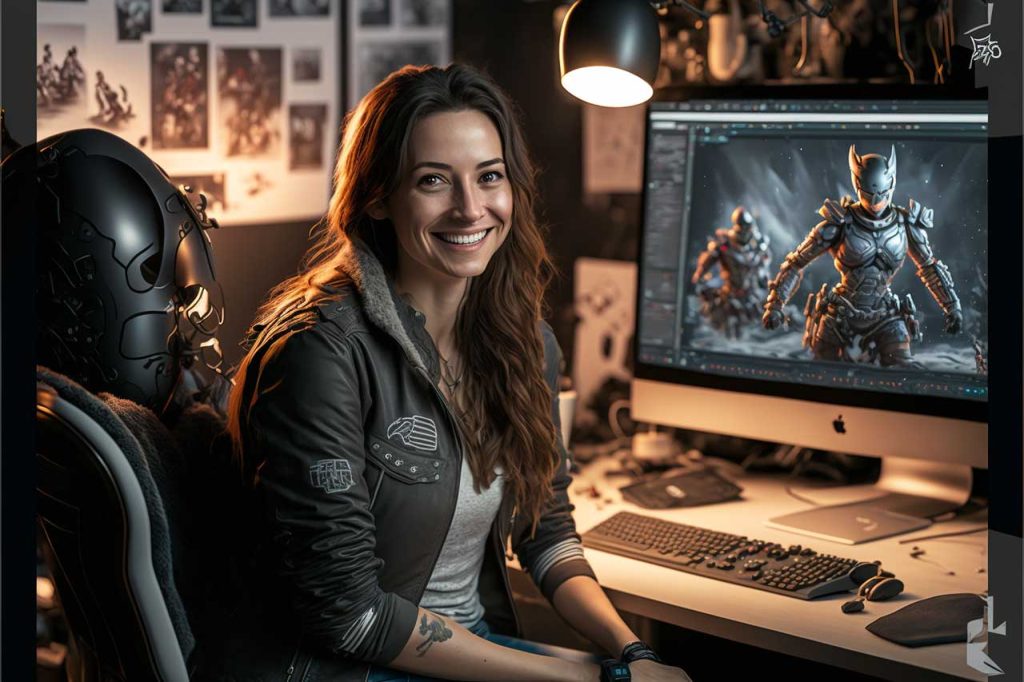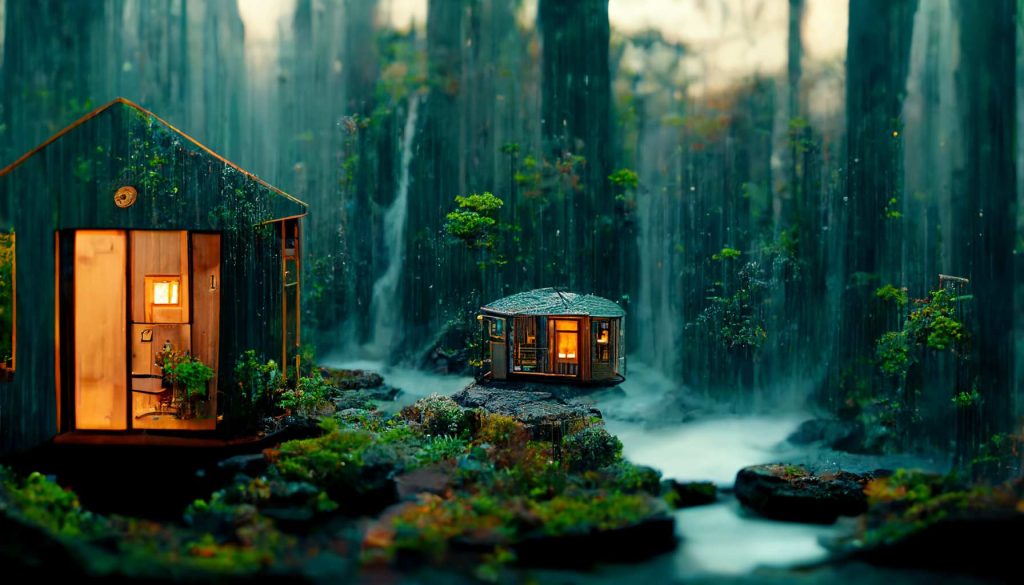I’ve been asked many times within my Community, what it actually takes to become a professional Unreal Engine Artist. Well, I strongly believe, it’s all about your own passion, and your own dedication, how much you love the world of 3D Real Time Graphics. But nevertheless, most 3D Artists are aiming for jobs within specific industry niches. But no matter what field it is, specific skills and qualifications are required as an industry standard.
What qualifications are required to be an Unreal Engine Artist?
Find below the Top 8 Skills that most Game Companies require to hire someone for an open position as an Unreal Engine Artist.
It’s worth noting that the field of game development is constantly evolving and new tools, software, and techniques are appearing, so continuous learning is important for an Unreal Engine Artist.
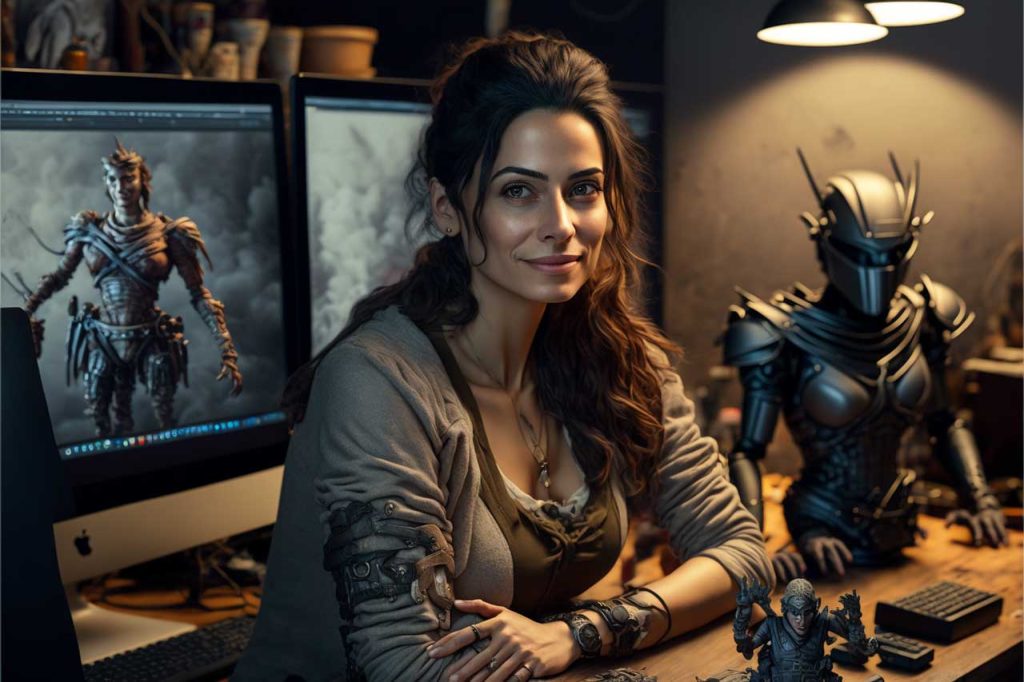
Having a portfolio that showcases your work and your ability to use the Unreal Engine is a must for an Unreal Engine Artist. This will allow potential employers to see your skills and capabilities and to understand how you can fit into the role of an Unreal Engine Artist.
To create Unreal Engine Art, you typically need to have a strong foundation in 3D art and animation, as well as experience working with the Unreal Engine. Here are some specific skills and qualifications that are often required or desired for this role.

Strong knowledge of 3D modeling, texturing, and animation software
There are many different software programs available for 3D modeling, such as Autodesk Maya, 3ds Max, Blender, Cinema 4D, and ZBrush. Each program has its own set of features and capabilities, so it’s important to choose one that best fits your needs. 3D modeling techniques: There are several different techniques that can be used for 3D modeling, including polygon modeling, NURBS modeling, and sculpting. Each technique has its own advantages and disadvantages and can be used for different types of models and projects.
Texturing and materials:
Once a 3D model has been created, it often needs to be textured and given materials to make it look more realistic. Texturing involves adding colors, patterns, and other visual details to the surface of a model, while materials describe how a surface reacts to light and shadows.
Lighting and rendering:
Lighting and rendering are the final stages of 3D modeling, where the 3D model is illuminated and rendered into a final image or animation. This is where the 3D model comes to life by adding real-time illumination and shadows.
Optimization:
Optimizing the 3D model is important for real-time applications such as video games, virtual reality, and augmented reality. This includes reducing the number of polygons, textures, and materials, and making sure the model runs smoothly on different devices. 3D modeling is a multi-disciplinary field, it requires knowledge of art, design, mathematics, and computer science. It takes time and practice to master the skills and techniques required for 3D modeling.
Experience working with the Unreal Engine
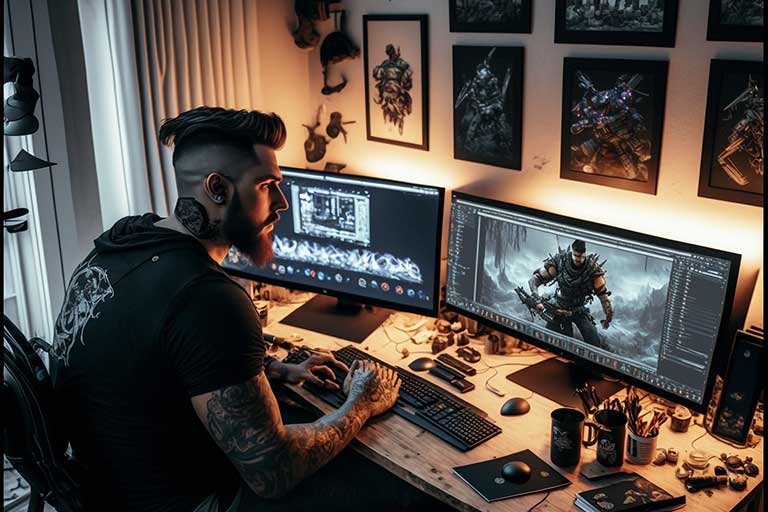
When working with the Unreal Engine, there are many important experiences and skills to have. However, one of the most important is a strong understanding of the engine’s capabilities and how to use its various tools and features to create high-quality 3D art and assets.
- Familiarity with the Unreal Editor, which is used to create levels, place assets, and control other aspects of a game or experience
- Understanding of the engine’s rendering pipeline, which is used to create realistic lighting, shadows, and other visual effects
- Proficiency with the Material Editor, which is used to create and edit materials and textures for use in the engine
- Experience with Blueprints, the visual scripting system in the engine, which is used to create interactive elements and control the behavior of objects in a game or experience
- Familiarity with the engine’s physics and collision systems, which are used to create realistic and interactive environments
- Knowledge of optimization techniques, which are used to ensure that the 3D assets and scenes run smoothly and efficiently on a variety of platforms and devices.
Additionally, it is important to have a good understanding of game development principles and how to create assets that are optimized for real-time environments. Also, having a good understanding of the game design, level design and optimization is important.
Overall, the most important experience working with the Unreal Engine is a combination of technical knowledge, artistic skills, and an understanding of how to create high-quality 3D art and assets that are optimized for real-time environments.
Game Development Principles
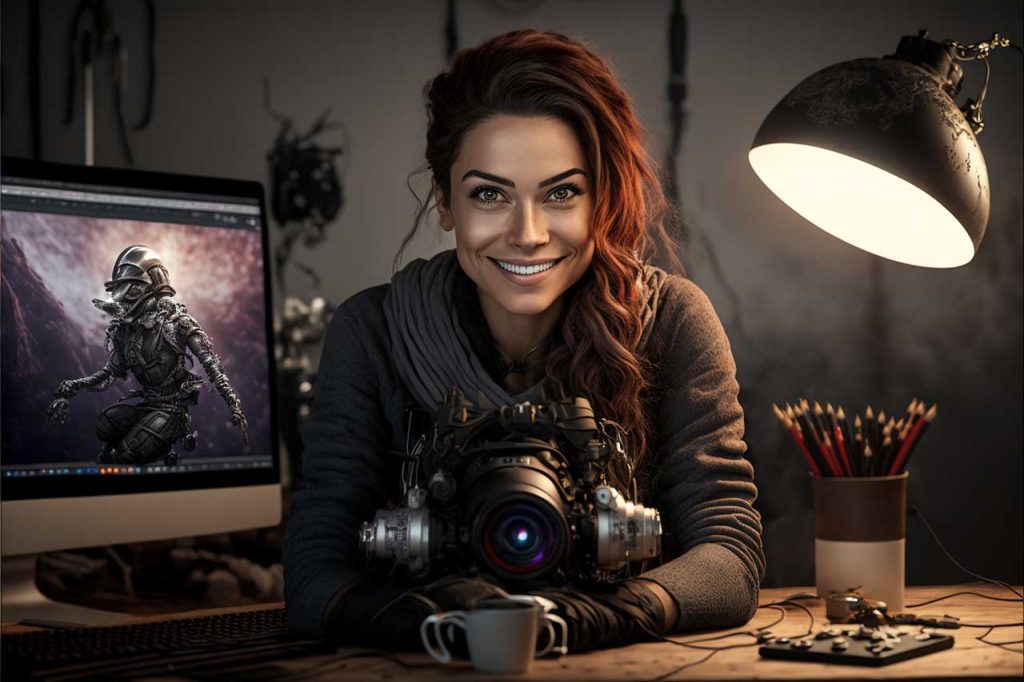
You should have a strong knowledge of game development principles and the ability to create assets that are optimized for real-time environments. Find below some of the most important game development principles that are commonly used across the industry.
- Game Design: This involves creating the overall concept, mechanics, and goals of a game, as well as defining the player’s experience. This includes things like the game’s story, characters, levels, and rules.
- Level Design: This involves creating the physical spaces and environments in which the game takes place, and determining how the player will interact with them. This includes things like the layout, lighting, and visual design of the levels.
- Programming: This involves writing code to create the game’s functionality and behavior, such as the game’s physics, collision detection, and AI.
- Art and animation: This involves creating the game’s visual assets, such as characters, environments, and special effects.
- Sound and music: This involves creating the game’s audio assets, such as sound effects, music, and voiceovers.
- User interface and User Experience: This involves creating the game’s menus, buttons, and other interactive elements that the player will use to control the game. It also involves creating a good experience for the player in terms of usability and intuitiveness.
- Testing and QA: This involves thoroughly testing the game to ensure that it is free of bugs and is functioning as intended.
- Optimization: This involves making sure the game runs smoothly and efficiently on a variety of platforms and devices.
- Project management: This involves organizing and managing the development process, including setting deadlines, managing resources, and ensuring that the project stays on track.
Lighting Skills

A 3D Lighting Artist is responsible for creating the lighting and atmosphere in 3D environments and bringing the 3D scenes to life. Here are some of the key skills that are needed to be a 3D Lighting Artist:
- Strong knowledge of 3D lighting software and techniques: This includes a deep understanding of how to use Lumen within the Unreal Engine to create and manipulate lighting in a 3D environment.
- Knowledge of real-world lighting: A good understanding of how light behaves in the real world, and how to replicate that in a 3D environment. This includes an understanding of color theory, shadow, and light behavior in different environments.
- Strong artistic skills: This includes the ability to create visually appealing and emotionally impactful lighting that enhances the overall look and feel of a scene.
- Strong technical skills: This includes the ability to optimize lighting for performance and the ability to troubleshoot and debug any technical issues that may arise.
- Experience with compositing and color grading: This includes the ability to use software such as Photoshop or Nuke to composite multiple elements of a scene together, and to adjust the overall color and tone of the final image.
- Strong collaboration skills: This includes the ability to work well with other members of the development team, such as 3D modelers and environment artists, to ensure that the lighting is integrated well with the overall look and feel of the scene.
- Strong attention to detail: This includes the ability to pay attention to the small details in a scene that can make a big difference in the overall look and feel of the lighting.
Texturing Skills
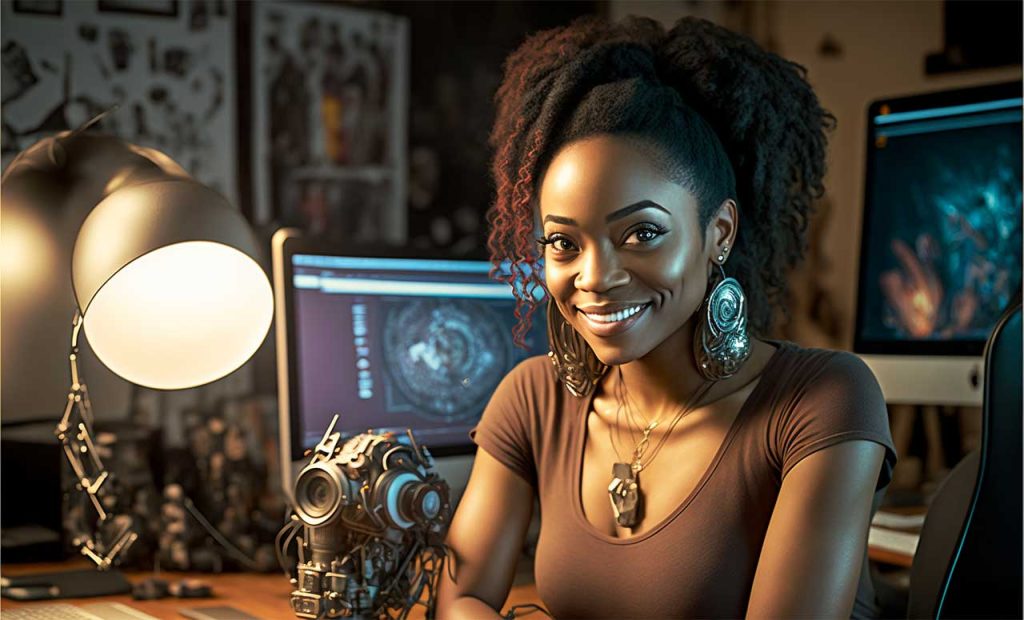
A 3D Texturing Artist is responsible for creating the surfaces and materials of 3D models and environments and giving them a sense of realism and believability. Here are some of the key skills that are needed to be a 3D Texturing Artist:
- Strong knowledge of 3D texturing software and techniques: This includes a deep understanding of how to use software such as Substance Painter, Marmoset Toolbag, Photoshop, ZBrush or Quixel to create and manipulate textures in a 3D environment.
- Strong artistic skills: This includes the ability to create visually appealing and realistic textures that enhance the overall look and feel of a scene.
- Strong understanding of materials and shaders: A good understanding of how different materials and shaders behave and interact with light, and how to replicate that in a 3D environment.
- Strong attention to detail: This includes the ability to pay attention to the small details in a scene that can make a big difference in the overall look and feel of the textures.
- Strong technical skills: This includes the ability to optimize textures for performance and the ability to troubleshoot and debug any technical issues that may arise.
- Experience with UV mapping: This includes the ability to create UV maps that are optimized for texturing and to make sure the texture is applied correctly to the 3D model.
- Strong collaboration skills: This includes the ability to work well with other members of the development team, such as 3D modelers, lighting artists, and environment artists, to ensure that the textures are integrated well with the overall look and feel of the scene.
- Knowledge of photography and real-world materials: A good understanding of how different materials look in the real world, and how to replicate that in a 3D environment.
- Understanding of PBR (Physically Based Rendering) and other shading models, and how to create textures that work well with those models.
Being an Unreal Engine Artist that specifically creates Texture Art, requires a combination of artistic and technical skills, as well as an understanding of how different materials behave in the real world and how to replicate that in a 3D environment.
Creation of High-Quality 3D Assets
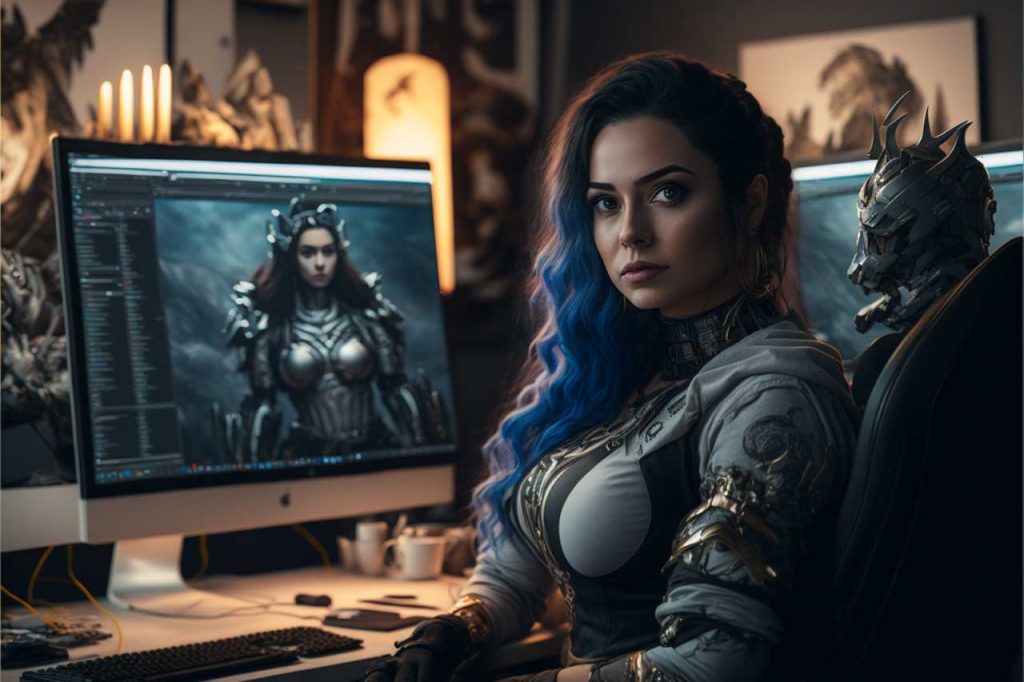
Creating high-quality 3D assets requires a combination of technical and artistic skills, as well as attention to detail. Here are some general tips on how to create high-quality 3D assets:
- Understand the requirements of the project: Before starting to create an asset, it’s important to understand the requirements of the project and what the asset will be used for. This will help guide the design and creation process.
- Use reference materials: Use real-world reference materials, such as photographs or videos, to help guide the design and creation of the asset. This will help ensure that the asset is as realistic and believable as possible.
- Pay attention to detail: High-quality assets require a high level of attention to detail. This includes things like making sure that edges are clean and sharp, and that textures and materials are accurate and realistic.
- Optimize for performance: Make sure that the asset is optimized for performance, so it runs smoothly on the target platform. This includes reducing the number of polygons, textures, and materials, and making sure the model runs smoothly on different devices.
- Use proper naming conventions and organization: Keep your files organized and well-named, so you and others can easily find and understand what each asset is.
- Use the right software and tools: Use the software and tools that are best suited for the task at hand. This will help ensure that the asset is created to the highest possible quality.
- Use a consistent pipeline: Develop a consistent pipeline for creating assets, and make sure to follow it every time. This will help ensure that all of the assets are created to the same high standard.
